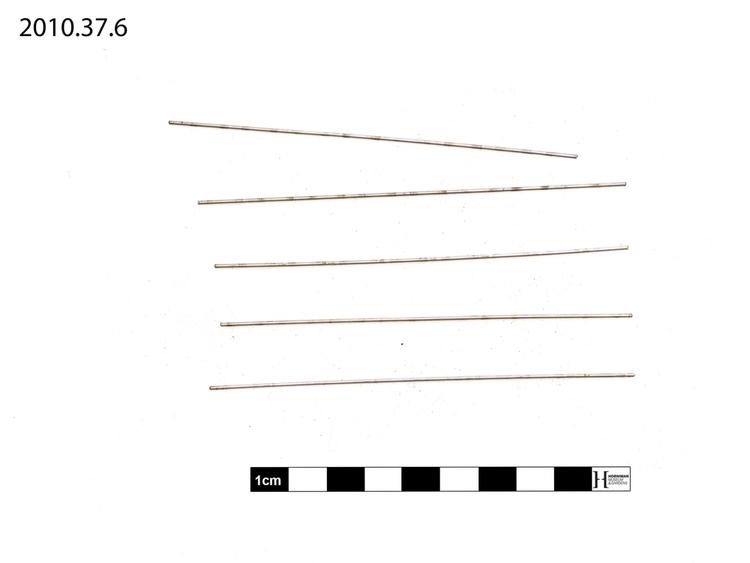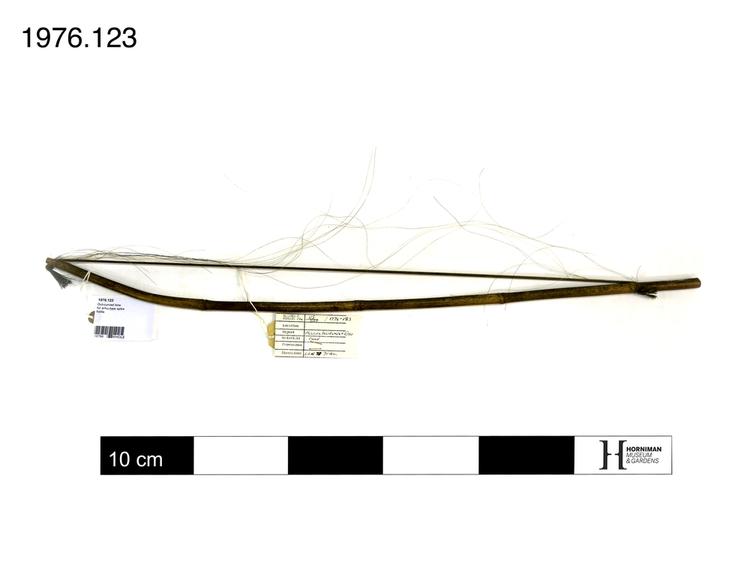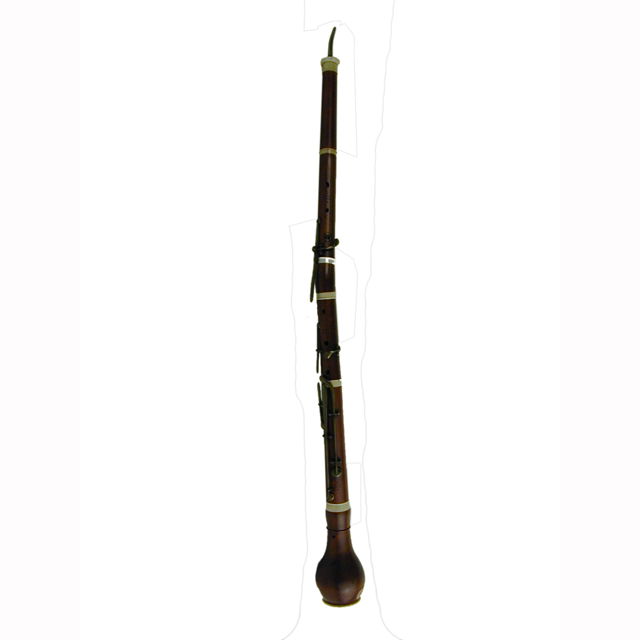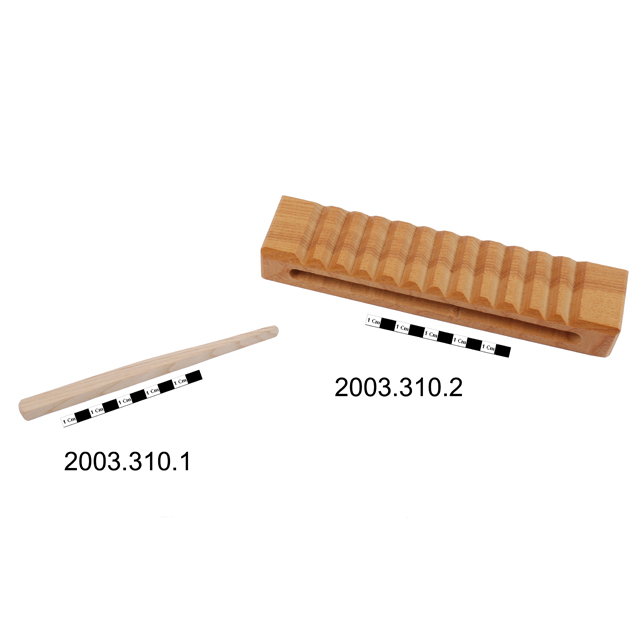Grand piano. "Straight-strung. Under-dampers. Early double repetition action. Framing consists of cast hitch plate connected to open wrestplank by four parallel iron struts. Oblong tuning pins. All parts appear original and in remarkably good condition. No reconditioning seems to have been done." [These remarks are drawn from a report in the history files written by David J. Smith of Cranleigh GU6 8JJ, 3 August 1983.]
Double escapement action with roller. The previous date of manufacture of 1843 is an error arising from reference to the Paris serial numbers rather than those used in London. Compass, 7 octaves, 85 notes, AAA-a4. Composite metal frame with individual agraffe studs and a capo tasto or one-piece agraffe for the top 22 notes. Underdampers. Notes 64-85, undamped. Legs numbered 1, 2, 3. LHS front=1, RHS front=2. String gauge numbers stamped on wrestplank from 20 (bass) to 13 (treble) including '13+'. Wound strings have no gauge numbers. MW photos in Individual Instrument File on T: drive.
The Erard firm of piano and harp makers and music publishers was founded in Paris by Sebastien Erard (1752-1831) in the late 18th century. A single harpsichord by him survives dated 1779, but it included several features which presaged the mechanical inventiveness and innovation for which the firm later became famous. In 1821, Erard patented a new action for pianos called 'the double escapement' which, by the introduction of an intermediate lever between the key and hammer (a system which appears in a different form in the sophisticated action of the piano's inventor, Bartolomeo Cristofori) significantly improved dynamic control and repetition. This innovation earned Erard pianos the devotion of many well-known players, including Franz Liszt and Felix Mendelssohn. Although Frederick Chopin preferred the pianos of Erard's Parisian rival, Pleyel, he nevertheless acknowledged the beauty of the Erards and admired their consistency in touch and sound. The Erard firm was among the first to introduce metal bracing into the piano to help improve both structural and tuning stability. At the end of the 18th century, partly as a consequence of the French Revolution, but also due to a growing market across the Channel, Erard established a factory in London's Great Marlborough Street . The British Royal Family patronised the firm and Queen Victoria used an Erard piano during her childhood and as a young adult.






